OpenAI is a non-profit artificial intelligence (AI) research company, founded by technology entrepreneurs Elon Musk and Sam Altman. Through its research, OpenAI seeks to further the development of AI in order to benefit humanity. In this article, we will explore what OpenAI does, who owns it and its goals for the future.
Table of Contents
Introduction: What is OpenAI?
OpenAI is a non-profit research company that aims to develop and direct artificial intelligence (AI) in ways that benefit humanity as a whole. The company OpenAI was founded by Elon Musk and Sam Altman in 2015 and is headquartered in San Francisco, California. OpenAI is recognized for changing the industry by improving artificial intelligence’s capabilities and creating an ecosystem of apps to help with this endeavor.
The stated intent of the company is to work towards safe artificial general intelligence for the benefit of humanity and freely collaborate with other research organizations and individuals. OpenAI has a long-term focus on fundamental advances in AI and its capabilities, evidenced by their $1 billion endowment from the two founders and other investors. The company also has a policy of releasing research and patents to the public except in cases where they could negatively affect safety.
One example of OpenAI’s research is its reinforcement learning system, which uses bots that learn over time by playing against themselves hundreds of times a day for months, and are rewarded for successful actions such as killing an enemy and taking map objectives.
OpenAI is known for its mission to ensure that artificial general intelligence (AGI) benefits all of humanity, and will provide new jobs and improve the global environment in the long run. While co-founder Elon Musk left the company in February 2018 due to potential conflicts with his work at Tesla, the company has continued researching and developing projects that strive to fulfill its goal.
Who owns OpenAI?
OpenAI is a private artificial intelligence research organization founded in December 2015 by Sam Altman, Greg Brockman, Ilya Sutskever, Wojciech Zaremba, and Elon Musk. Microsoft has a strategic partnership with OpenAI and has invested $10 billion in the company, giving it a 49 percent stake.
The remaining 51 percent of OpenAI is owned by existing shareholders, including the OpenAI non-profit. Elon Musk does not currently own any shares in OpenAI, but he did at one point own a stake in the company, which he sold to Microsoft in 2018.
Does Elon Musk still own OpenAI?
No, Elon Musk does not still own OpenAI. He resigned from OpenAI’s board of directors in 2018 due to potential future conflicts (of interest) with his companies Tesla and SpaceX. He did say that he planned to continue to donate to the organization.
What is the goal of OpenAI?
The goal of OpenAI is to advance artificial intelligence (AI) research, ownership and its ultimate goal of ensuring that AGI benefits all of humanity. OpenAI was founded as a non-profit so that its research could be focused on creating a positive long-term human impact. This is in response to the existential risk posed by artificial general intelligence.
OpenAI has three main goals. The first is to measure progress towards its ultimate goal by developing a unified metric that consists of a variety of OpenAI Gym environments with a unified action and observation space. This metric will evolve over time and the community will be updated as it progresses.
The second goal is to build a household robot that can perform basic housework. To achieve this, OpenAI is researching and testing new ideas, focusing on building AI as part of a larger community and sharing its plans and capabilities along the way.
The third goal is to build an agent with useful natural language understanding that can perform complex tasks specified by language, and ask for clarification about the task if it’s ambiguous. OpenAI is researching existing techniques for specific tasks, but believes that learning algorithms can eventually be made reliable enough to create a general-purpose robot.
What is OpenAI used for?
OpenAI is a research laboratory that focuses on the development and promotion of friendly AI that benefits humanity as a whole. One of the ways it does this is by releasing commercial products such as OpenAI Codex, a natural language-to-code system based on GPT-3. This helps turn simple English instructions into various popular coding languages. OpenAI hopes to gain enough funding to succeed in its mission to ensure artificial general intelligence (AGI) benefits all of humanity.
To prevent misuse of their API, OpenAI has a mandatory production review process to evaluate applications across a few axes before they can go live. This process helps guide their efforts in understanding how deploying future AI systems will go, and what needs to be done to make sure they are safe and beneficial for everyone. OpenAI chose to release an API instead of open-sourcing the models because it allows them to better prevent misuse, pay for ongoing AI research, and reduce the cost of running large models.
OpenAI is also taking steps to mitigate negative effects such as harmful bias in the models served by the API. They have developed usage guidelines, are working closely with users to understand their use cases, and are building tools to surface and intervene to mitigate bias. OpenAI is also working to solidify its organization’s governance structure in order to share its plans and capabilities and make sure AI’s benefits are distributed equally. Finally, OpenAI has developed a living metric to measure how well an agent can achieve its user’s intended goal in a wide range of environments.
OpenAI is a research laboratory that works in the field of artificial intelligence (AI). It consists of the for-profit corporation OpenAI LP and its parent company, the non-profit OpenAI Inc. OpenAI’s main goal is to promote and develop friendly AI in a way that benefits humanity as a whole. To do this, they have developed OpenAI Codex, a natural language-to-code system based on GPT-3. This system helps turn simple English instructions into popular coding languages such as JavaScript, Python and Java.
OpenAI has also released an API which provides access to their AI models. This allows users to incorporate powerful AI systems into their own applications. OpenAI does have concerns about misuse of the API though, so they have put in place mandatory production reviews to ensure that applications are being used safely and responsibly.
OpenAI is also aware of the potential for its models to exhibit bias and other negative effects. To mitigate this, they have developed usage guidelines and are working closely with users to understand their use cases. They are also building a metric to measure progress in AI development and focus research efforts. Ultimately, OpenAI is committed to making sure that AI benefits everyone by building safe AI and distributing its benefits widely and evenly.
OpenAI’s research projects
OpenAI is an artificial intelligence (AI) research laboratory consisting of the for-profit corporation OpenAI LP and its parent company, the non-profit OpenAI Inc. With its mission to prevent the catastrophe of AI by making it universally available, OpenAI has released a number of research projects, each with its own unique capabilities.
One of these projects is GPT-2, a transformer language model that can generate coherent text. It was developed through unsupervised zero-shot learning, by training on the content of more than 8 million websites. GPT-2 can be used as an open-source code to predict the next word in a given text. The research behind GPT-2 paved the way for GPT-3 which is much more powerful.
Another project is DALL-E, which has some of the capabilities of most 3D rendering software. Based on a text description, DALL-E can generate a complete image that can be used in various fields, such as architecture and animation. This technology can be used to visualize buildings, recreate ancient structures, or create animations for the film industry or educational purposes.
However, OpenAI does not release the trained model and its training’s codes or the database, only a much smaller version, which can still be perfectly used in research. This is because the model can make mistakes and potentially be used for malicious purposes such as generating fake news or offensive manifestations. OpenAI also offers $18 in free credit for experimentation that can be used during the first 3 months.
OpenAI and Microsoft’s Strategic Partnerships
Microsoft and OpenAI’s strategic partnership has the potential to revolutionize the field of AI research and development. The two companies are jointly building new Azure AI supercomputing technologies, porting OpenAI’s services to run on Microsoft Azure and making Microsoft OpenAI’s exclusive cloud provider. Microsoft will also become OpenAI’s preferred partner for commercializing new AI technologies.
The money invested by Microsoft in OpenAI is being used to create artificial general intelligence (AGI) technology and develop a computational platform in Azure of unprecedented scale. This platform will use hardware technologies built on Microsoft’s supercomputing technology to train and run increasingly advanced AI models. Both Microsoft and OpenAI are committed to adhering to their shared principles on ethics and trust when deploying AGI safely and securely.
The partnership between Microsoft and OpenAI is part of the latter’s mission to ensure that artificial general intelligence benefits all of humanity. Through their collaboration, the companies hope to accelerate breakthroughs in AI and help solve many of the world’s most pressing challenges, such as climate change, better healthcare and education. Microsoft CEO Satya Nadella believes that the joint effort will “democratize AI” so everyone can benefit from its advances.
OpenAI CEO Sam Altman shares a similar sentiment, calling the creation of AGI “the most important technological development in human history”. With Microsoft’s support, OpenAI is well-positioned to achieve its goal of ensuring that AGI technology benefits all of humanity. As both companies continue to work together, they hope to build a secure, trustworthy and ethical AI that serves the public.
Open AI’s Founders and Directors
OpenAI is an artificial intelligence research firm, founded by tech entrepreneurs such as Elon Musk, Sam Altman, Greg Brockman and Ilya Sutskever. It is a non-profit organization that works to advance AI research and development. OpenAI has made significant progress in the field of AI, including the development of advanced algorithms and machine learning technologies.
In addition to its research activities, OpenAI also has strategic partnerships with other organizations. These partnerships provide OpenAI with the resources and expertise necessary to further its mission of advancing AI research and development.
OpenAI’s partnerships are governed by its board of directors, which includes OpenAI LP employees as well as non-employees. These members bring a wealth of experience and knowledge to the table, and provide valuable insight into the latest trends and developments in the AI industry.
The board of directors includes Greg Brockman (Chairman & President), Ilya Sutskever (Chief Scientist), and Sam Altman (CEO). Non-employees on the board include Adam D’Angelo, Reid Hoffman, Will Hurd, Tasha McCauley, Helen Toner, and Shivon Zilis. Together, these individuals provide OpenAI with the expertise and resources needed to further its mission of advancing AI research and development.
OpenAI’s partnerships are key to its success, as it provides the organization with the resources and expertise necessary to continue pushing the boundaries of AI research and development. With the help of its partners, OpenAI will continue to make significant strides in the field of AI, and work towards its ultimate goal of advancing AI research and development.
OpenAI’s impact on the AI industry
OpenAI is significantly impacting the AI industry. With its core mission to ensure that artificial intelligence (AI) benefits all of humanity, OpenAI has been working on improving AI capabilities as well as building an ecosystem of apps to help with this endeavor. This new ecosystem will provide new jobs and improve the global environment.
OpenAI was originally backed by Elon Musk and his involvement in both supporting AI and warning about its dangers has played a major role in the success of the company.
In order to ensure that economic benefits from advances in AI are widely distributed, OpenAI studies the economic impacts of their AI system design and deployment decisions. Highlighting the trend of income and wealth inequality over the last forty years, OpenAI has taken into account the need for upskilling millions of people in their ability to create and manipulate images.
OpenAI’s AI tools such as ChatGPT, DALL-E and others have already demonstrated that they can perform certain creative tasks better and faster than humans. It has the potential to take over certain roles traditionally held by humans, such as copywriting, answering customer service inquiries, writing news reports, and creating legal documents.
Moreover, OpenAI’s advancements in AI research and development has opened up the potential for new job opportunities and different kinds of organizations. It has also sparked further research into human judgment, conducted by Nobel prize winner Daniel Kahneman, regarding the shortcomings of AI.
OpenAI encourages companies and users of its models or products to contribute to or sponsor research on economic impacts of AI systems. They are also facilitating discussions among external researchers, AI developers, AI-adopting firms, and workers in various industries to widen the range of perspectives that can shape the path of AI development and deployment.
OpenAI’s strategy for ensuring responsible use of AI
OpenAI is committed to promoting responsible use of AI technology, evidenced by their strategy for ensuring safety and fairness in AI development. This strategy involves four main components: incentivizing adherence to high standards of safety, increasing transparency about publication-related decision-making, opening up more aspects of AI development to appropriate oversight and feedback, and encouraging greater cooperation across organizational and national borders.
Incentivizing adherence to high standards of safety includes rewarding those who adhere to safety standards and reprimanding those who fail to do so. It may also include economic, legal, or industry-wide incentives to adhere to safety standards, as well as joint research into the formal verification of AI systems’ capabilities and other aspects of AI safety and security with wide applications.
Increasing transparency around publication-related decision-making can help ensure that AI systems are developed safely and responsibly. OpenAI has made efforts towards this goal by publicizing codes of conduct and making AI systems open to greater scrutiny, provided security and IP concerns are addressed.
OpenAI also encourages greater cooperation across organizational and national borders. By making it common knowledge that such cooperation is in everyone’s interest, we can make strides towards safer AI development. This could involve joint development of countermeasures against global AI-related threats and various applied “AI for good” projects that have wide-ranging and largely positive applications.
Ultimately, OpenAI’s strategy for ensuring responsible use of AI technology is designed to protect users, businesses, and society from any potential harms that could arise from the misuse of AI systems. By incentivizing safety standards and encouraging greater collaboration, OpenAI hopes to lead to better global outcomes of AI development.
Conclusion: OpenAI’s Bright Future
In conclusion, OpenAI has a bright future ahead of it. With its $1 billion investment from Microsoft and the secondary share sale that valued the startup at $20 billion, OpenAI is well-positioned to become a major player in the AI research and development space.
OpenAI is continuously pushing the envelope with innovative projects such as ChatGPT, their AI-powered chatbot, and DALL-E, their image maker. Moreover, they have inspired a number of other startups, including Cohere, Adept, and Stability AI, to develop commercial products based on OpenAI’s technology. OpenAI has also drawn in 80,000 marketers to draft ads, emails, blogs, and other content with its software.
Despite some investor skepticism about whether OpenAI can compete with rivals like Google, their future looks extremely promising. As CEO Sam Altman stated, this could be extremely important not just for Microsoft’s future, but for everyone’s future.
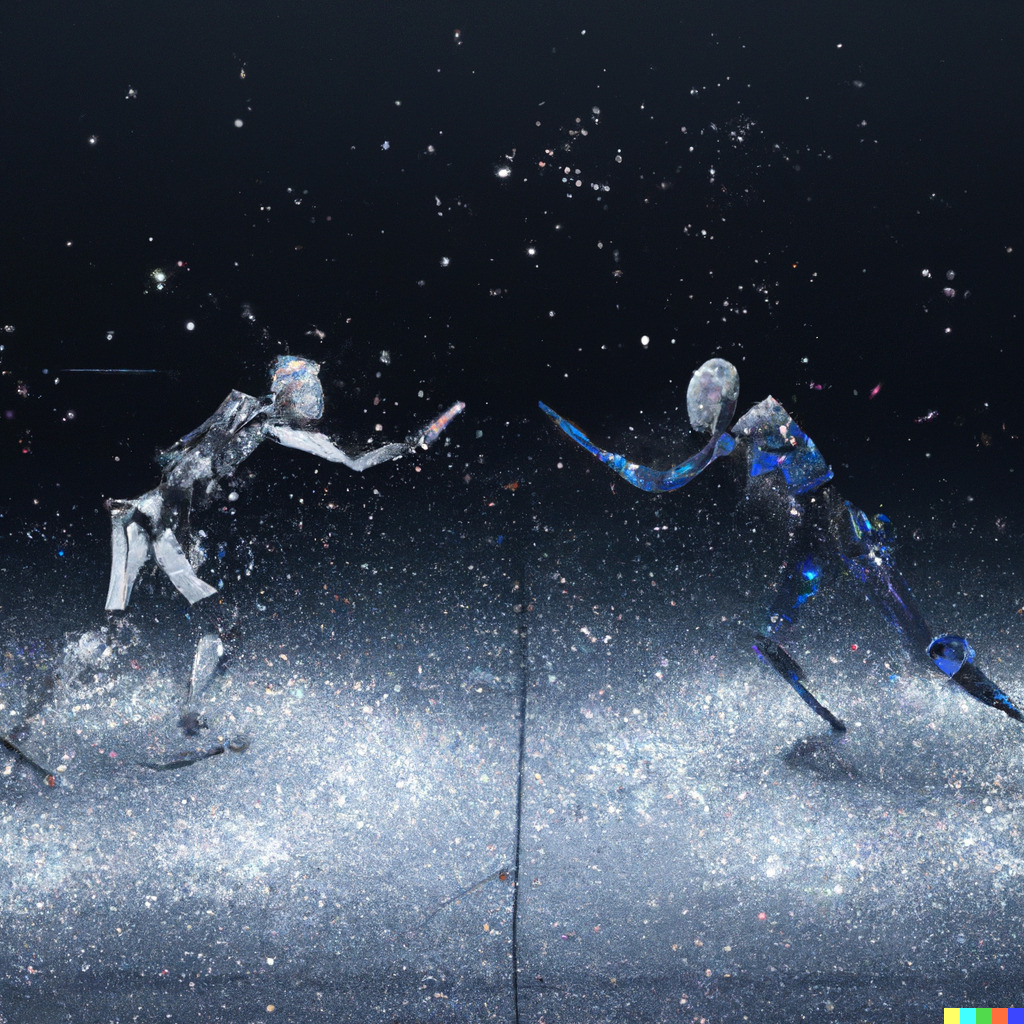

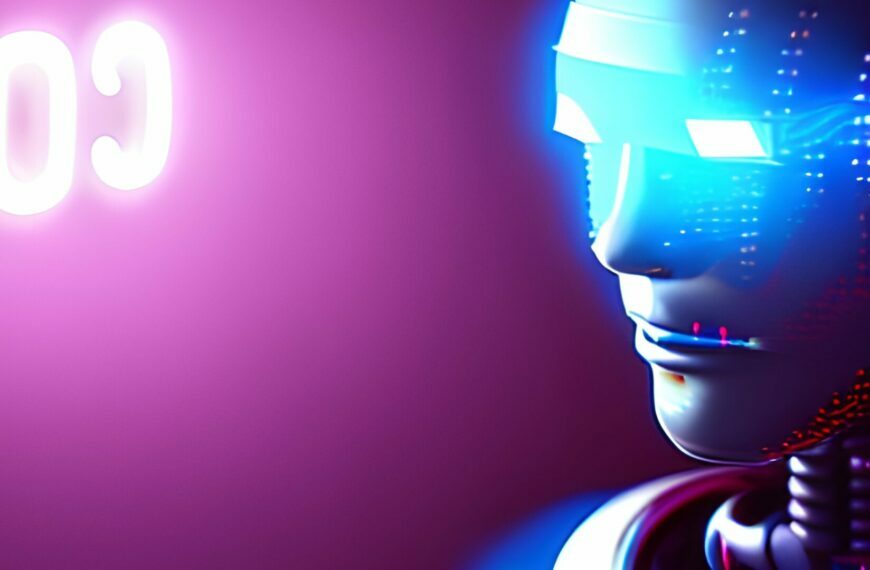
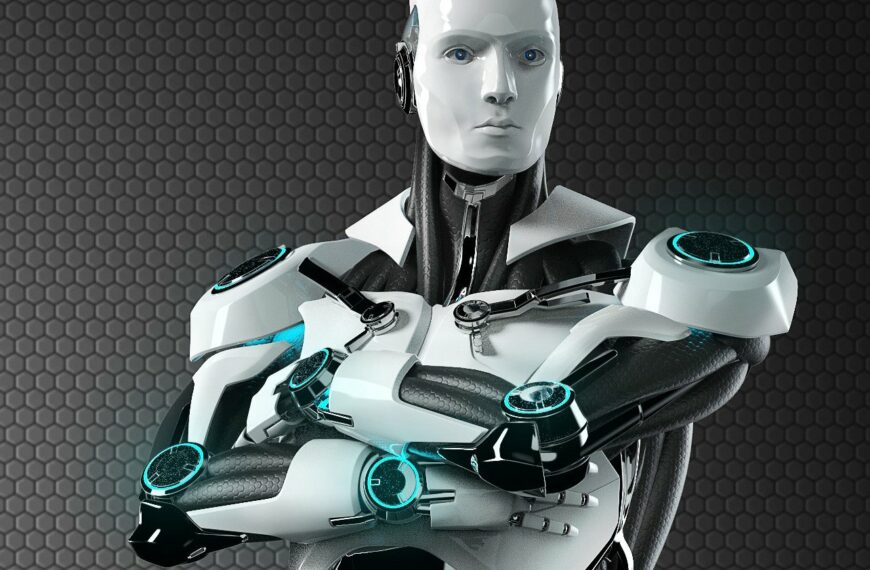
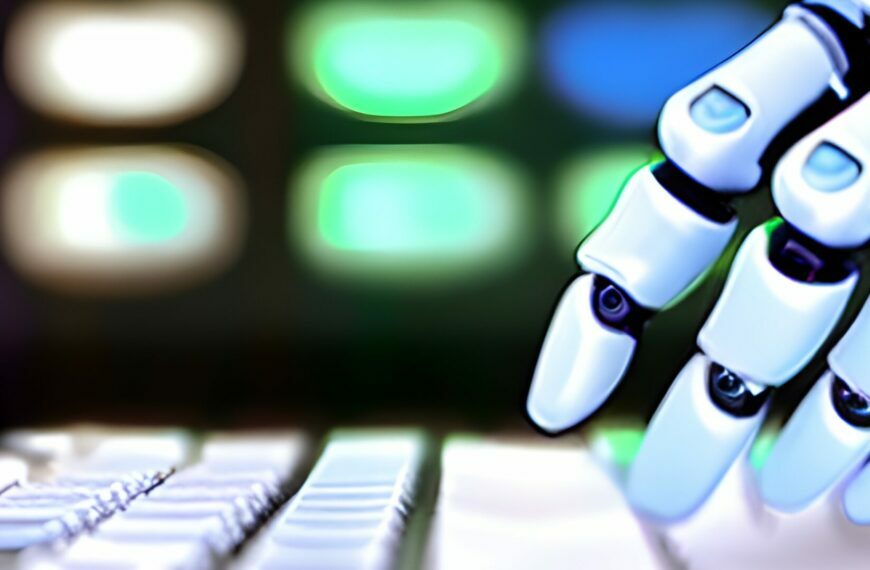
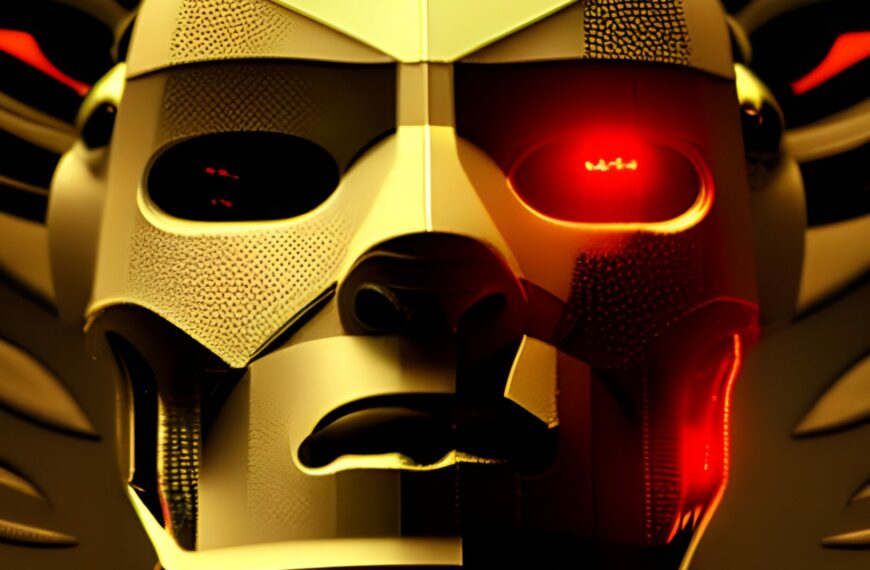

Leave a Reply